Blueberry Duke: description of the variety, basic information and secrets of care
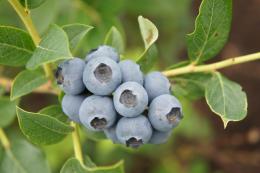
Many delicious berries that were previously found exclusively in forests can now be found in any garden. These include raspberries and strawberries, lingonberries and cranberries, and many others. Scientists and gardeners have worked hard and developed varieties that are resistant to both high and low temperatures.
The varieties that migrated to us directly from the wild include blueberries, which can increasingly be found in gardens, dachas, or on personal plots. Popularity that is quickly gaining blueberry Duke, it's not surprising at all. The berries are not only tasty, but also have a large number of healing properties.
Content:
- Description of the plant and its beneficial properties
- A little about berries
- Rules for planting and caring for blueberries
Description of the plant and its beneficial properties
Thanks to the hard work of breeders, blueberry bushes are larger and more lush, and the berries themselves are larger than their wild counterparts. On average, the height of the bush is 1.5 meters, but in some cases they can be two meters tall.
The shoots of the plant stretch upward, but do not branch very much, and in this way they may resemble currants or gooseberries. Thanks to this structure, the berries receive uniform sunlight and ripen well on the branches. There is no need to thin out the bushes. Blueberries begin to bloom in early May.
At this time, it is difficult to assume that the bush is not ornamental, but bears fruit with berries.The flowering is very beautiful: the shape of the flower is very similar to a small pale pink bell, exuding a wonderful aroma.
In addition to the young green leaves, it looks very beautiful. Frosts usually occur during flowering of fruit trees and bushes. In this case, the plant loses its color, and you will not be able to wait for the harvest this year. But variety Blueberry Duke is not afraid of sudden changes in temperature, he endures all the hardships of nature, and still bears fruit.
As for the leaves of the bush, they have a beautiful shape, and look especially impressive in the fall, acquiring a bright crimson color. Thus, the blueberry bush will be useful to you not only in the summer, during harvest, but also in spring and autumn as an ornamental plant that will decorate your yard or cottage.
A little about berries
Now let's talk about the berries for which this variety is so famous. The berries are fully ripe by mid-July, at the height of the hot summer. They have a round shape and a diameter of about 2 cm, which classifies them as fairly large sales.
The berries are quite juicy and at first glance resemble blueberries. Picking the fruits will not be any trouble - they come off easily and, thanks to their thick skin, are not crushed. If after assembly the skin of the berry remains intact, then the berries can be stored in the refrigerator for a long time.
At the same time, the fruits acquire a pleasant sweet note, which makes blueberries even tastier. Another fun way to preserve blueberries until next season is to freeze them. To do this, wash the berries, dry them, and distribute them into several bags. There should be as many berries in the bag as you need for one time.
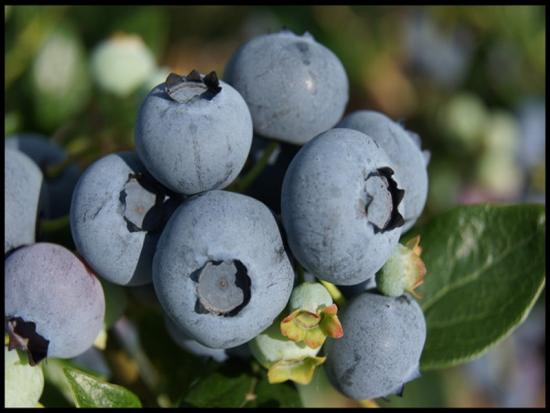
Then simply close the bags tightly, after releasing excess air, and place them in the refrigerator. If you followed all the rules for caring for the plant, then from one bush you can collect 4-6 kg of berries, and in some cases the harvest reaches 8 kg.
Rules for planting and caring for blueberries
In order for Duke blueberry bushes to please you as much as possible with a large number of sweet berries, you need to follow a few simple rules that relate to planting the bush and caring for it.
One of the most common mistakes that gardeners make when planting is planting bushes in a shady, damp area. This myth follows from the natural birthplace of bushes - swampy areas. But, after careful work by breeders, Duke blueberries really fell in love with the sun.
For planting, it is better to choose an area that is well lit by the sun, but there are no drafts. The soil for blueberries should be light, with a high level of acidity. These include sandstones and peat bogs. It is best if the acidity of the soil is 3.5-5 Ph
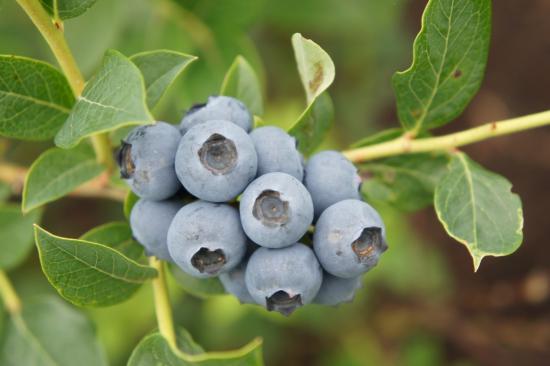
If the soil is not acidic enough, you can correct the situation by artificially acidifying it. Take any acid and dilute 20-30 grams per bucket of clean water. In this case, you can not fill all the soil in the area, but only the hole in which the plant will be planted. Duke blueberries love water very much, so you should make sure that moisture is supplied regularly and in the right quantity.
Overwatering will also not do any good, and can lead to rotting of the root system. Also, do not forget about feeding the plant. For this it is best to use nitrogen fertilizers, in combination with phosphorus and potassium.
Duke blueberries can increasingly be found in ordinary gardens or on personal plots.In fact, this plant is not at all whimsical, and if you follow a few simple rules, it will give you large and tasty berries.
Video about planting Duke blueberries:

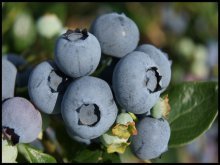
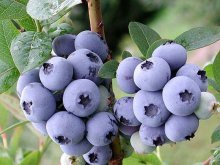
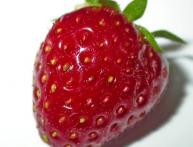
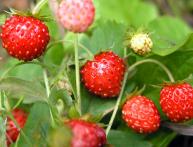
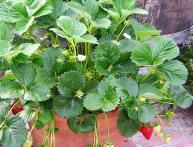
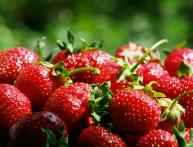
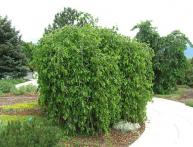
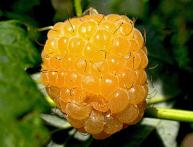
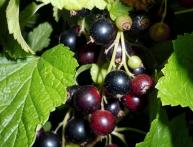
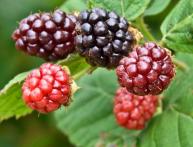
Comments
We should try to plant this berry at home, fortunately, it is private, but, most likely, the plans will have to be implemented next year. I hope everything works out and goes well. I love this berry. :)
The berries are amazing, of course. But I live beyond the Urals, we have a rather short summer, so there is a problem with ripening, about 20% of berries do not have time to ripen by the end of the season, unfortunately. I wonder if there is any way to solve this problem?
And you wrote in the water article: “Most likely it will be: raspberries, strawberries and currants.” What about gooseberries? What about blueberries? So you can plant a lot of interesting things on your plot. Raspberries? And there are also raspberries and blackberries! Strawberry? What about strawberries? Currant? What about viburnum or barberry? What a choice! By the way, you can also plant rose hips. Quite beautiful and perfect for the winter, berries with vitamins for vitamin teas...
there doesn't seem to be any problem with the title. Those berries that we pick in the forest and call blueberries are completely different in taste and appearance from cultivated blueberry fruits like this one. I personally prefer wild blueberries.